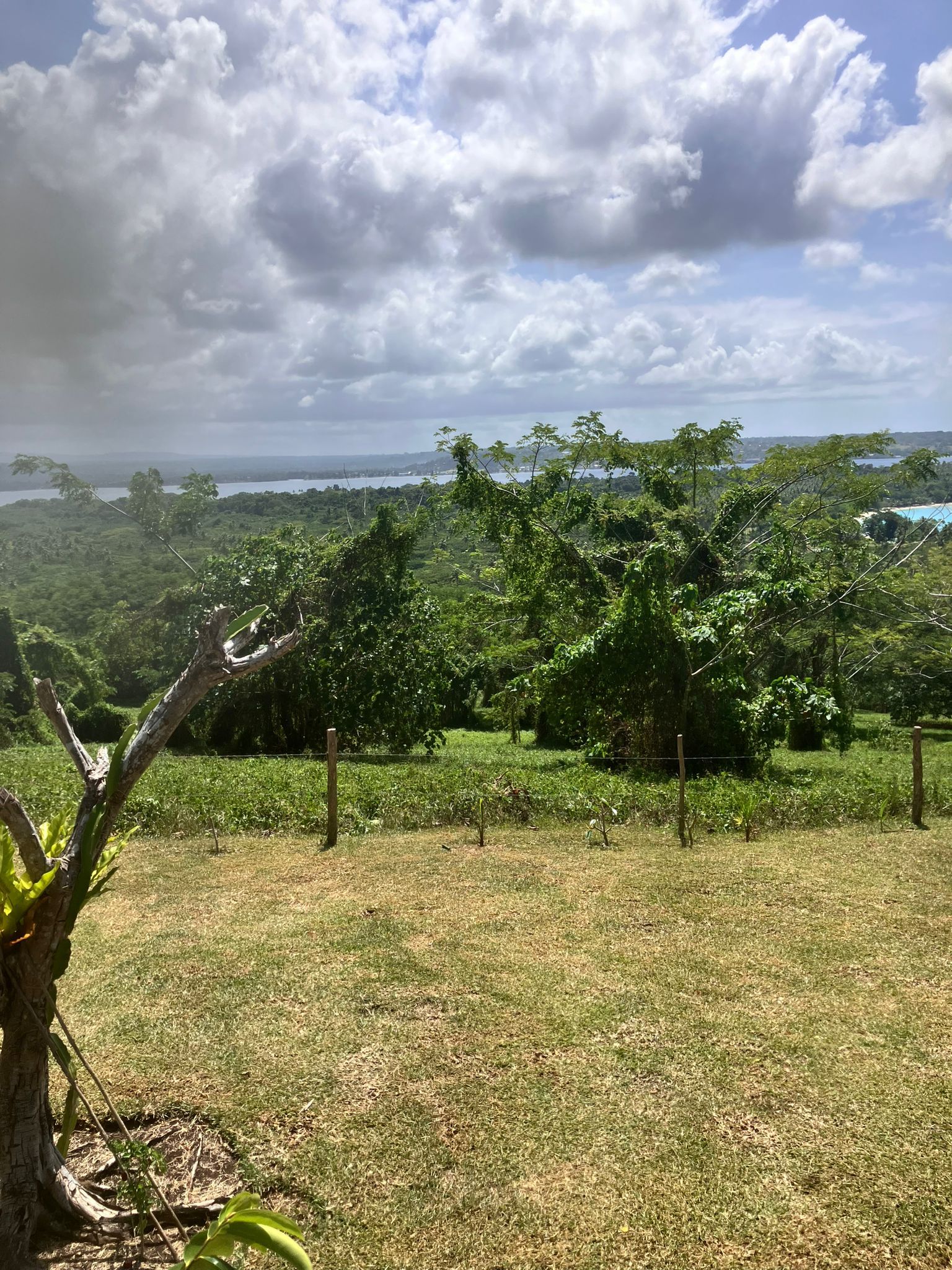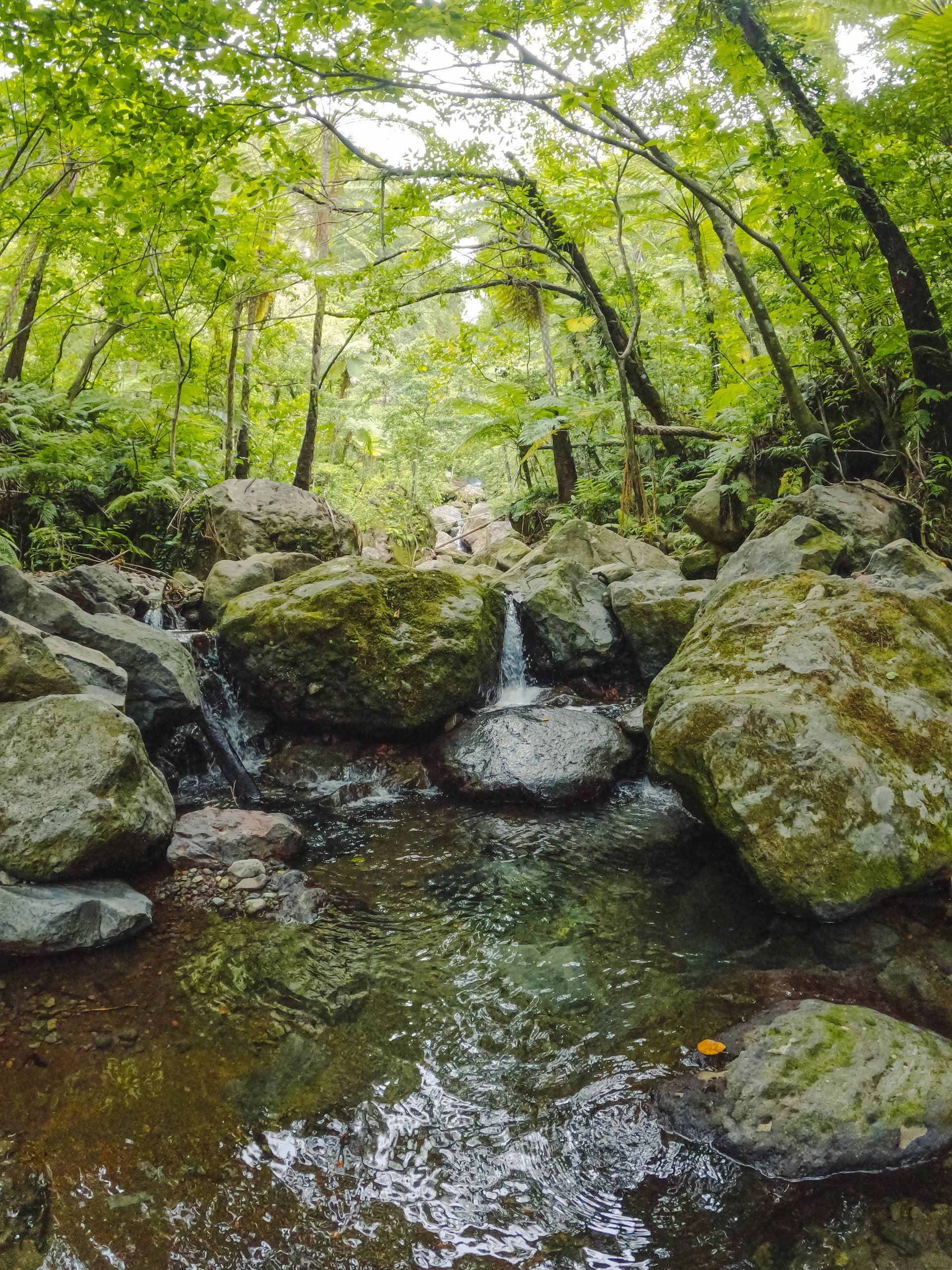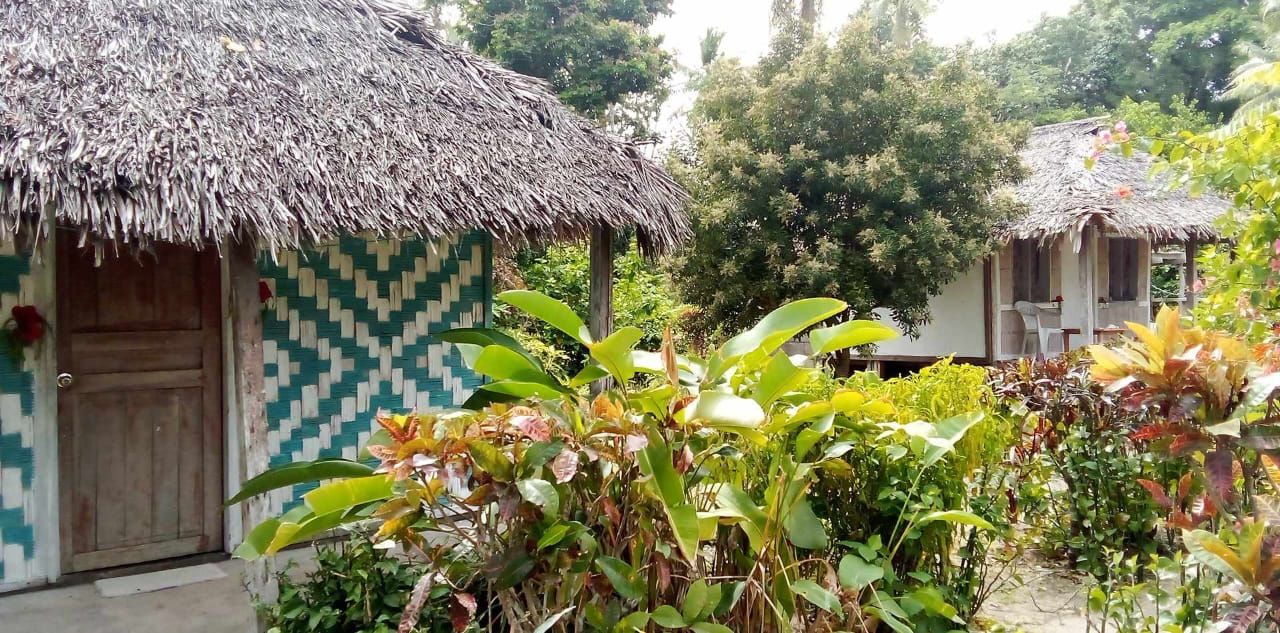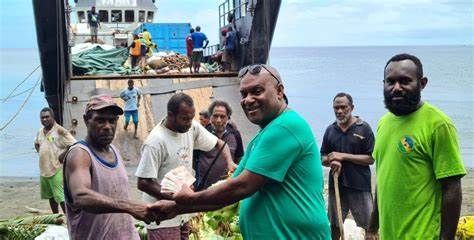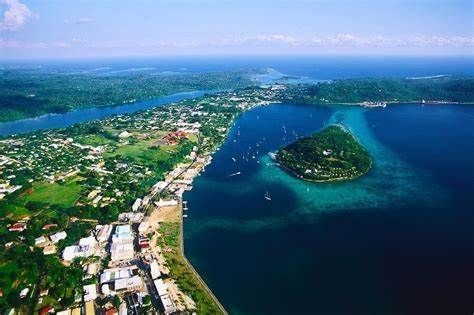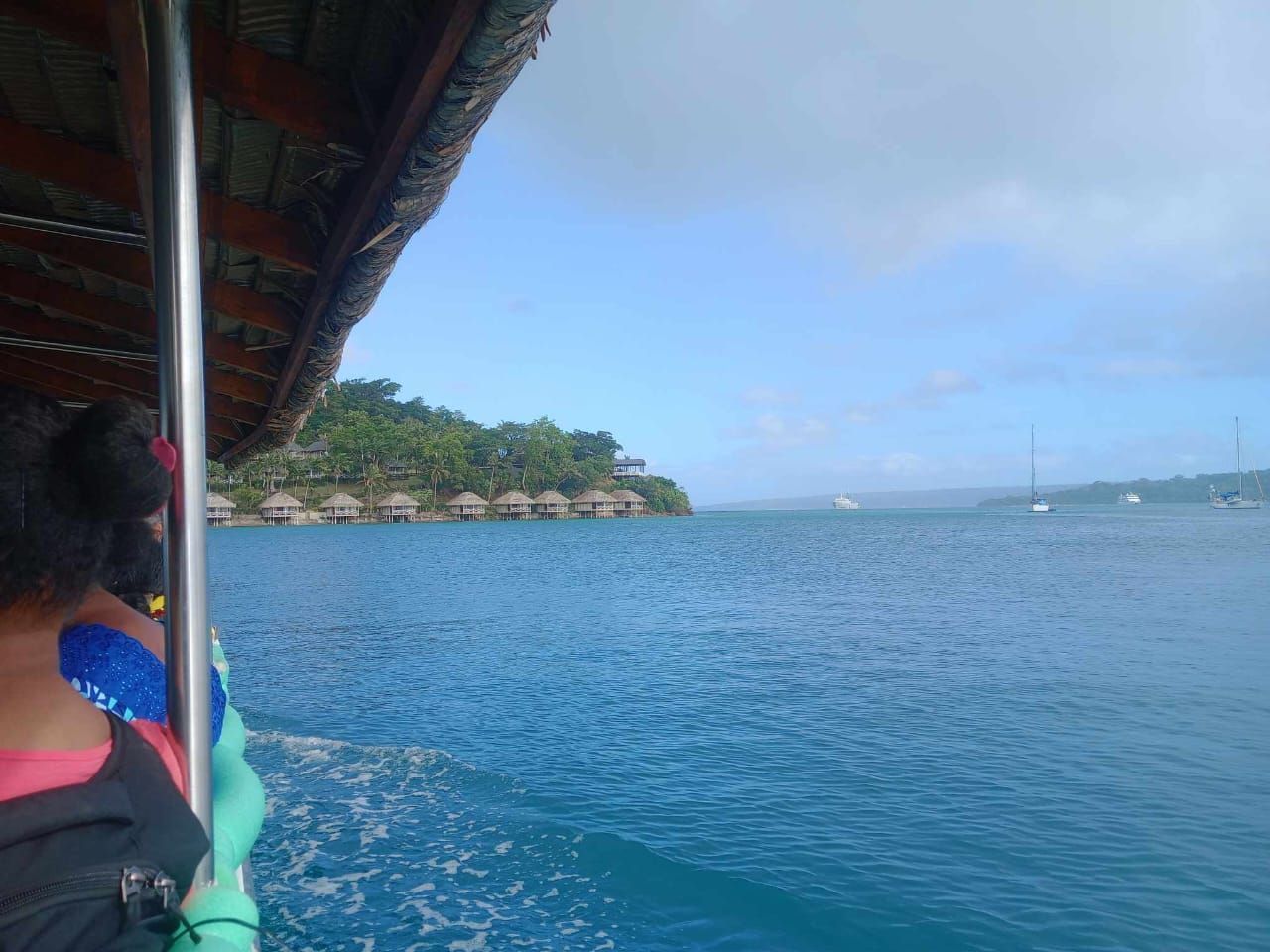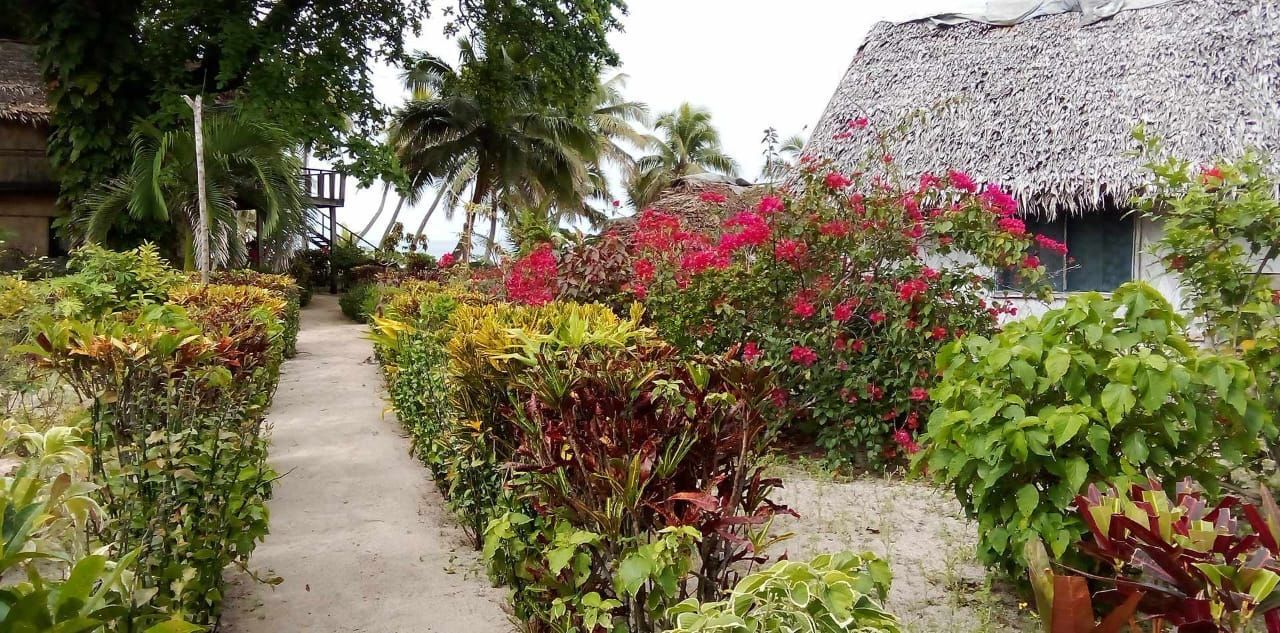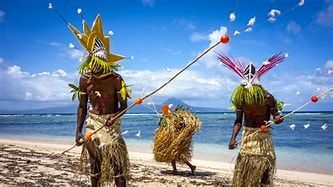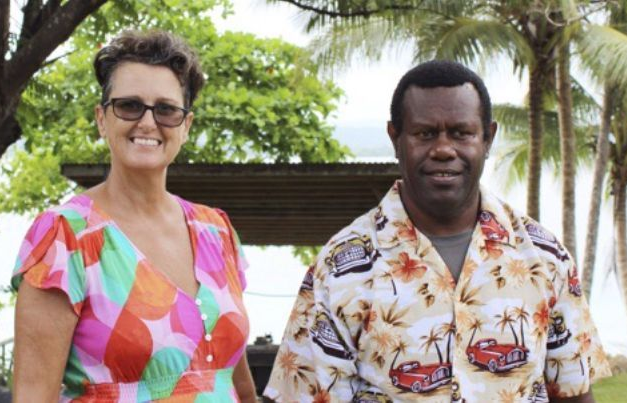"Exploring the Rich Heritage and Cultural Evolution of Aore Island: A Journey Through Time"
The Enigmatic History of Aore Island: A Journey Through Time
Nestled in the crystalline waters of Vanuatu, Aore Island is a captivating destination with a rich tapestry of history, culture, and natural beauty. As the world becomes increasingly interconnected, there is a growing willingness to explore lesser-known locales like Aore Island. This blog seeks to recount the island’s intriguing history, from its early inhabitants to its colonial past and modern-day significance.
The Early Inhabitants
To truly appreciate Aore Island's history, one must first acknowledge its early inhabitants. Thanks to archaeological evidence, we know that the first settlers arrived in the region around 3,000 years ago. These early Austronesian people brought with them advanced seafaring skills, intricate pottery, and agricultural practices that laid the foundation for the island's cultural development. They established foundational systems of governance, trade, and community that would endure for centuries.
Aore Island lies close to the larger Espiritu Santo, which served as a crucial hub for trade among various Melanesian islands. Aore's inhabitants were primarily engaged in subsistence farming, fishing, and trade with nearby islands. The rich marine ecosystem offered seafood, while the fertile soil supported crops like taro and yams. The islanders' harmonious relationship with their environment fostered a deep spiritual connection that remains integral to their culture even today.
The Arrival of European Explorers
The arrival of European explorers in the 18th century marked a significant turning point in Aore's history. In 1768, French navigator Louis Antoine de Bougainville made contact with the island during his voyage across the Pacific, and shortly thereafter, British explorer Captain James Cook followed suit in 1774. These encounters opened the floodgates to increased European interest in the region, primarily aimed at securing resources and establishing trade routes.
The arrival of missionaries in the 19th century also profoundly affected the local population. Christian missionaries sought to spread their faith and, in doing so, introduced new educational and agricultural practices. They established schools, clinics, and churches, creating lasting institutions that still resonate in the local culture today.
However, the cultural imposition often led to tensions between indigenous traditions and imported beliefs, resulting in the gradual loss of some pre-colonial customs and practices. The effects of these encounters were mixed, as while some islanders benefited from new skills and knowledge, many faced hardships as a direct consequence of colonial policies.
The Colonial Era
The dream of establishing coconut plantations brought significant changes to Aore Island throughout the 19th century. European settlers, enticed by the island’s lush environment, began to cultivate coconuts for copra production. This agriculture boom shifted the demographic makeup of the island and profoundly impacted its socio-economic landscape. Many indigenous people were drawn into the labor force, often under exploitative conditions that resembled the colonial plantation system practiced in other parts of the Pacific.
While the coconut economy offered some locals a modicum of income, it also caused a cultural shift as traditional practices were increasingly sidelined in favor of commercial agriculture. Between the late 19th century and the early 20th century, the island saw both local and foreign investment, leading to changes in land ownership patterns, social structures, and livelihoods.
The Australian and New Zealand governments played pivotal roles in the administration of the New Hebrides (now Vanuatu), which included Aore Island. The dual colonial administration further complicated the island's political landscape, setting the stage for nationalist movements in the mid-20th century.
The Path to Independence
In the 20th century, the desire for self-determination began to resonate more strongly among the inhabitants of Vanuatu. In the post-World War II era, the push for independence gained momentum, culminating in the formation of the Vanuatu National Party in 1973. The political activism was a direct response to colonial policies and was fueled by the desire to revive indigenous culture and reclaim autonomy.
In 1980, Vanuatu finally gained independence from colonial rule, marking a new chapter in Aore Island's history. The independence movement not only affected political governance but also sparked a cultural renaissance. Aore, along with the rest of Vanuatu, began to explore its roots—reviving language, customs, and traditional practices that had been overshadowed or lost during the colonial era.
Modern-Day Aore Island
Today, Aore Island is known for its breathtaking natural landscapes, vibrant marine life, and warm hospitality. It serves as a popular destination for tourists seeking to experience the rich history and culture of Vanuatu. Ecotourism, cultural exchanges, and sustainable development initiatives are now at the forefront of the island’s economy.
Local communities are working diligently to preserve their heritage while engaging with the global community. Cultural festivals celebrate traditional dance, music, and crafts, while local artisans produce handicrafts to share their stories. Furthermore, the local population is increasingly engaged in preserving the marine ecosystem through conservation efforts—a commitment to protecting the natural environment that sustains their livelihoods.
Conclusion
The history of Aore Island is a complex and multifaceted narrative that spans thousands of years. From its early Austronesian settlers to European explorations and colonial exploitation, and finally to its modern-day embrace of cultural heritage and sustainable development, Aore has evolved significantly over time. While the island may be small, its story is a microcosm of the broader historical currents that have shaped the South Pacific region.
As Aore Island continues to adapt and evolve in an increasingly globalized world, it offers visitors not just breathtaking scenery but also a glimpse into the enduring spirit of its people—a spirit rooted in resilience, culture, and a profound connection to the land and sea. Exploring Aore is not only a journey across beautiful landscapes but also an exploration of human resilience and the complex interplay of history and identity.


